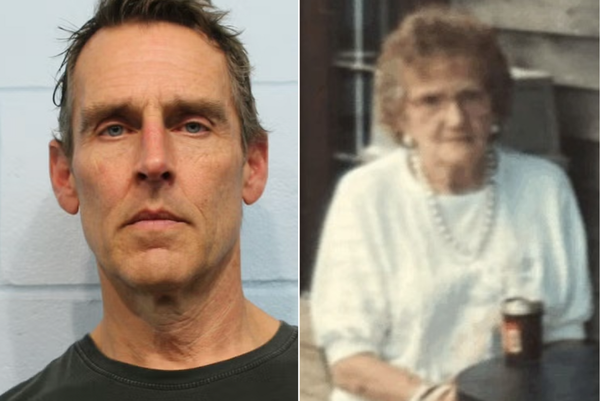
At sunset on Friday, in the small community of Mutitjulu at the base of Uluru, Anangu (people) were lighting fires.
Not just because it was cold – a biting wind was cutting across the clear skies of a desert winter – but because they wanted to show the gathering the power of country and their unbreakable connection to it.
They were also honouring fires that were lit on the same spot in 2017, when the Uluru statement was first delivered, igniting a movement for change.
The people of Mutitjulu had invited the 60 or so members of the advisory group to the government on enshrining an Aboriginal and Torres Strait Islander voice to parliament in the constitution to celebrate the sixth anniversary of the Uluru statement, which lies at the heart of the move towards a referendum on an Indigenous voice to parliament later this year.

The group had met at nearby Yulara, on the lands of the Yankunytjatjara and Pitjantjatjara peoples.
Members of the group discussed their role in engaging with First Nations communities and the broader Australian public – and expressed concern at the rise in racist abuse in recent weeks.
One of the architects of the Uluru statement, Pat Anderson, told the working group she had seen racism rise rapidly in recent weeks, as the campaign enters its “final stretch”.
“The hate is raining down on us,” Anderson said. “This is not new, but it is in such a concentrated form, and it is nasty and malevolent. So let’s not succumb. We are better than that. We’ve been here for 120,000 years and we ain’t going away.”
Executive director of the Literacy for Life Foundation, Ngemba and Wongaibon educator Jack Beetson, said he was saddened by the tone of the voice to parliament debate, which is having a real-world impact on vulnerable Indigenous women and children.
“We have to behave like responsible adults living in a democracy, where you can say ‘yes’ or ‘no’ to things without doing harm to others,” Beetson said.
Sammy Wilson, one of the traditional owners of Uluru, welcomed everyone to his country. These inma (dance) grounds, Wilson said, were the the very spot where his elders were handed back the title deeds to Uluru Kata Tjuta national park in 1985.
Wilson welcomed the Balnaves chair for constitutional law at the University of NSW and key architect of the Uluru statement, Megan Davis, who read it aloud on the sixth anniversary, bringing it back to where it began.
The final inma was a “fire” song, a poweful tjukurrpa element for Anangu. It also connected the event to the original six years ago, where Yolngu leaders from Arnhem Land presented Mutitjulu elders with a flame, in the form of a ceremonial fire dance, and said the fire was intended to light the way for the discussions ahead.
“Our fire was lit by our ancestors and lives through our song and our dance,” Djunga Djunga Yunupingu said at the time. “This give us power and we seek to give that power to you.”
“You can now go and light a fire in the nation for all of us, for our future, for our children, for all Australians.”
Six “long” years later, the minister for Indigenous Australians, Linda Burney, said this gathering was at a “defining moment, at the heart of a continent”.
“We come to this place to remind ourselves of the significance of the Uluru statement, to pay homage, to be on country, and to set out for the final walk from base camp,” Burney said.

“The referendum later this year to enshrine an Aboriginal and Torres Strait Islander voice to parliament is the best chance Australia has ever had, and perhaps will ever have, to address the injustices of the past and make practical change that will create a better future for our people.
“So that in 30 or 40 years from now, our children and grandchildren can grow up in a fairer and more reconciled Australia – and they can look back and say that it started here.
“It started here at Uluru,” said Burney. “This was the place that changed Australia.
This was the place that changed Australia for the better.”
Parliament is all but certain to pass the referendum bill next month, the final hurdle to a full-throated campaign countdown to a national vote, anticipated to be held around October.







